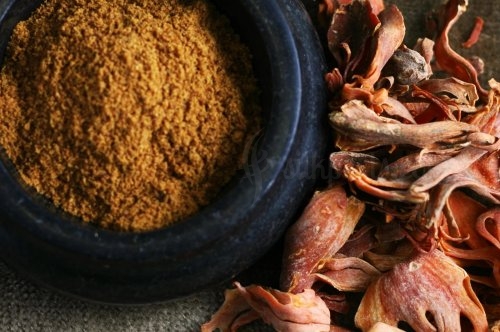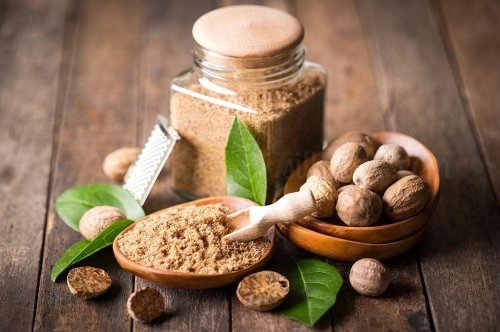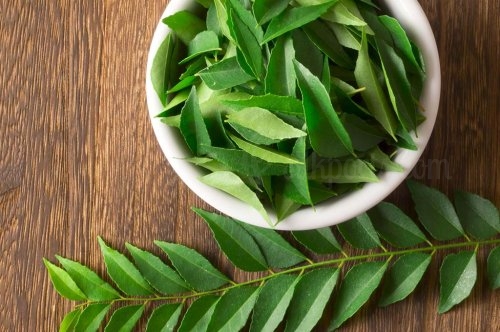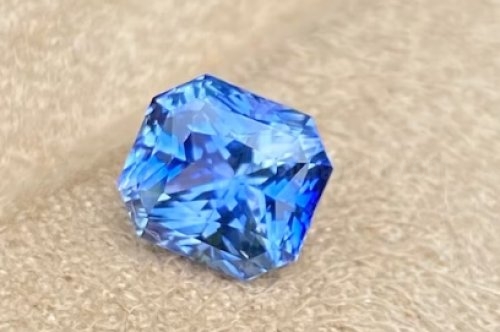
What is Moringa?
The most widely cultivated species is Moringa oleifera, native to the foothill of the Himalayas in northwestern India, a multipurpose tree cultivated throughout the tropics and marketed as a dietary supplement, health food or source for herbalism practices.
The fruit pods of Moringa oleifera ("drumsticks") are increasingly Moringa, native to parts of Africa and Asia is the sole genus in the flowering plant family Moringaceae. The name is derived from murungai, the Tamil word for drumstick, and the plant is commonly referred to as the drumstick tree. It contains 13 species from tropical and subtropical climates that range in size from tiny herbs to massive trees. Moringa species grow quickly in many types of environments.
Consumed as food in many parts of the world, but particularly in South Asia. The leaves are commonly used to make tea. Oils are made from the seeds, while powders can be made from the leaves and roots. Useful different parts of moringa tree,
- As Moringa Powder.
- As Moringa Tea bags.
- As Moringa leaves.
- As Moringa Flowers.
Moringa leaves
Moringa leaves are small in size and oval to obovate, or tear-drop shaped, with leaflets averaging 1-2 centimeters in length and . 5-1 centimeters in width. The vibrant green feathery leaflets are smooth, thick, and firm, and grow in a tripinnate structure.
How to growing Moringa?
Growing moringa trees is easier than you think. Whether you’re using moringa seeds or cuttings, the trees grow and mature quickly.
When planting a young moringa tree sapling, you will need to be sure to prepare your soil in advance. Dig out and loosen a 3-4 foot hole, at least 2 feet deep and preferably 3 feet. This allows you to confirm that there isn’t heavy clay soil below the soil’s surface.
If you wish to amend your soil, this is a good time to do it. Adding one part sand to one part compost and then mixing the combination in with your soil should ensure good drainage. If your soil is already sandy, just blend in some compost on its own.
Sun and Temperature
Moringa needs a bare minimum of 6 hours of daily sunlight, but prefers full sun conditions year-round. As a subtropical beauty, it’s accustomed to warm weather conditions, making it best to grow in the United States in zones 9-10.
Although the plant can tolerate light frost, it shouldn’t be planted in areas with long, cold winters. Short periods at 45 degrees Fahrenheit are fine, as long as it warms up during the daytime. It can tolerate hot spells quite well.
Watering and Humidity
While they’re drought-resistant once well established, moringa still needs water to survive. It’s accustomed to high air moisture of the sort typically found in jungles, and in humid areas it will thrive. But you’ll still need to water consistently.
Saplings will need more water than established trees. Keep the soil moist around them by watering every 2-3 days.
Soil
Moringa trees prefer loose loamy or sandy soils as these types offer the best conditions for the root to develop deeply into the ground or potting mix. Loose soil will also ensure good drainage. Although the trees can survive in poor soil or clay soil, it’s best to stick to loamy.
Best Climate for growing Moringa
The best time to plant a Moringa tree is in the spring. You can plant in the summer, but it will not be as mature as that planted in the spring. Moringa is deciduous, so it loses its leaves with the change of seasons, although green leaves through many mild winters.
Moringa Harvesting
- One of the best things about pruning your moringa is that you’re able to more easily harvest an abundance of leaves all at once. These leaves are nutrient-dense and are used to produce moringa powder, but it takes a lot of leaves to make that powder.
- Wash your branches thoroughly with water once you’ve cut them. Some advocate washing them with a saline solution and then rinsing them as well. Tie bundles of the branches together at their base, and place them somewhere where the leaves can dry out. Drying should only take a few days, and as the leaves dry, you can pull them easily off the tree with your hands.
- You can also harvest the leaves fresh for use in salads or as a green vegetable. Use sterilized pruning shears to snip off clusters of healthy leaves for this use.
- Moringa pods can be harvested for fresh eating when they’re about six inches in length. At this young, undeveloped size, the entire pod is edible as are the immature seeds within. These are often cooked like string beans.
- Mature pods can be harvested at full size. At this point, the pod is no longer edible, but the seeds within can be pressed to extract moringa oil. The seeds can also be cooked and eaten, but not until they’ve been stripped from the interior of the pod and rinsed well. A quick blanching of the seeds will remove the sticky film, and then they can be cooked in similar ways to peas or fresh beans.
- Dried pods can also be harvested, but once the seeds inside are harvested and blanched, they will need to be cooked as if they were dry beans.
Uses of Moringa
- Moringa is taken by mouth for "tired blood" (anemia), arthritis and other joint pain (rheumatism), asthma, cancer, constipation, diabetes, diarrhea, seizures, stomach pain, stomach and intestinal ulcers, intestinal spasms, headache, heart problems, high blood pressure, kidney stones, symptoms of menopause, thyroid disorders, and infections.
- Moringa is also taken by mouth to reduce swelling, as an antioxidant, to prevent spasms, increase sex drive (as an aphrodisiac), prevent pregnancy, boost the immune system, and increase breast milk production. Some people use it as a nutritional supplement or tonic. It is also used as a "water pill" (diuretic).
- Moringa is sometimes applied directly to the skin as a germ-killer or drying agent (astringent). It is also applied to the skin for treating pockets of infection (abscesses), athlete's foot, dandruff, gum disease (gingivitis), snakebites, warts, and wounds.
- Oil from moringa seeds is used in foods, perfume, and hair care products, and as a machine lubricant.
- Moringa is an important food source in some parts of the world.
Moringa Tea
Moringa tea is an herbal tea made by steeping the moringa leaves in pure hot water. The tea can also be made using moringa leaf powder and tea bags. It is naturally caffeine-free and can be consumed at any time of the day. Moringa tea has lots of healthy benefits.
Benefits of Moringa
- Building collagen.
- Helping in skin repair due to its high content in Vitamin A.
- Moringa benefits or shigru benefits the skin by containing Vitamin C with anti-aging properties making your skin look youthful and firm.
- Moringa benefits skin by containing Vitamin E.
- Having anti-inflammatory properties that treat acne, rashes, pimples, and other skin allergies.
Moringa Benefits for Women
The health benefits of moringa are well-documented, with additional research on its benefits released each year. It’s called “the miracle tree” in many cultures around the world, and for good reason! We’ll cover some of the essential benefits below.
- Moringa is like a multivitamin.
- Moringa is a mood enhancer.
- Moringa can get the mood going.
- Moringa is rich in iron.
- Moringa is a lactation enhancer.
Moringa Benefits for Men
Moringa has plenty of health benefits for men, especially when it comes to sexual and reproductive health.
- Promotes Prostate Health.
- Alleviate Erectile Dysfunction.
- Improves Fertility.
- Helps In Blood Sugar Control.
 English
English
 Russian
Russian  Arabic
Arabic  French
French  Español
Español  Turkish
Turkish  German
German 







